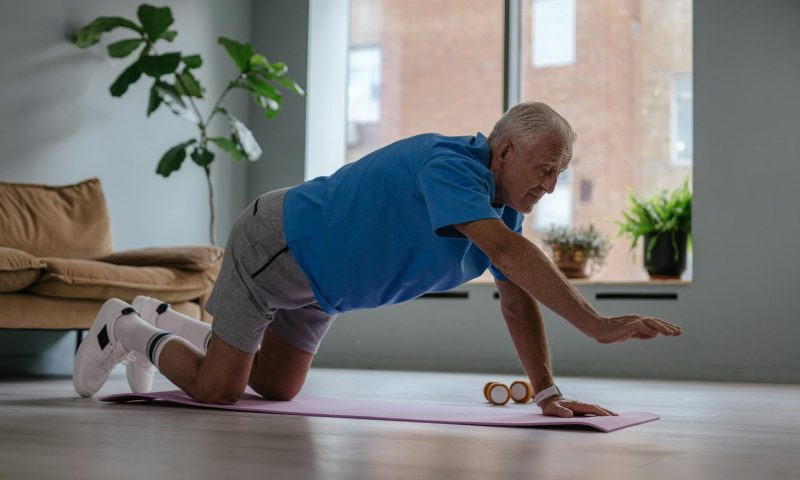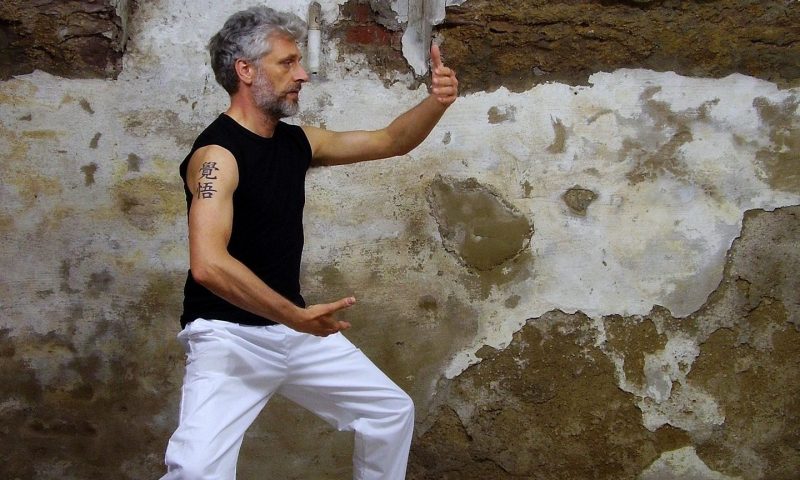Of course, five minutes of exercise is better than zero minutes, but they do say consistency is key. It’s putting in the effort by showing up to your workout sessions that delivers results and gets you closer to achieving your goals over time. Finding the time and energy to workout is easier said than done, but if you stick with it, you’ll reap the rewards of your hard work and be proud you’re prioritizing your fitness.
For me, as well as the benefits of helping to manage a chronic autoimmune condition, I enjoy the sense of accomplishment and pride I feel after a solid workout like a resistance training session, a bodyweight workout, or a jog around the block. The rush of feel-good endorphins that accompany that sense of accomplishment is just another added bonus.
Recently, researchers explored how the timing and consistency of workouts affected the benefits for older adults. Let’s look at the research.
The study

In a study published in Medicine & Science in Sports and Exercise, 800 older adults wore a wrist device that monitored their physical activity levels for seven days. After the week was up, the adults finished a cardiopulmonary exercise test designed to assess their respiratory and cardiovascular health.
The results

The researchers concluded that individuals who were more physically active in the morning and more consistently had better heart health, lung health, and walking efficiency compared to those who were more physically active in the later hours of the day, with less consistency.
Concluding thoughts

Both the timing and consistency of your workouts matter and make a difference in your overall heart health, lung health, and walking efficiency. In this study, physical activity is the umbrella term for all movement, whether you’re running errands, walking your dog, gardening, cleaning your house, picking up the groceries, or exercising.
For the betterment of our wellness, our bodies are made to move — at all ages. This research supports previous studies emphasizing the benefits of being physically active in older age. It also shows us that peak activity earlier in the day and staying consistent with that movement yields the best results for our hearts, lungs, and beyond.




